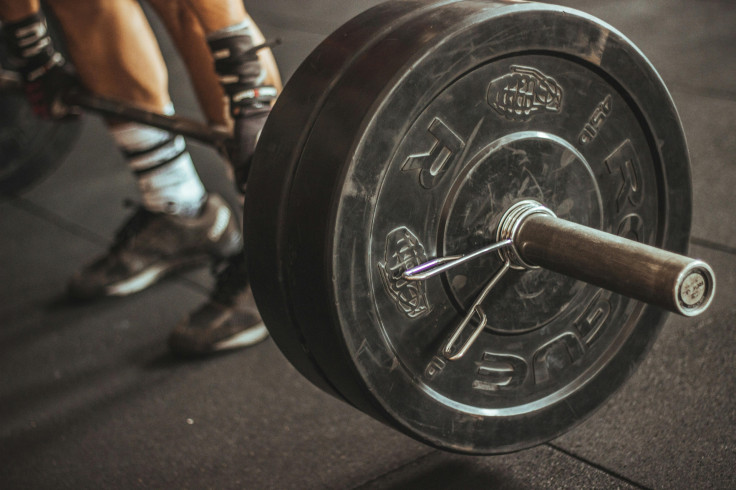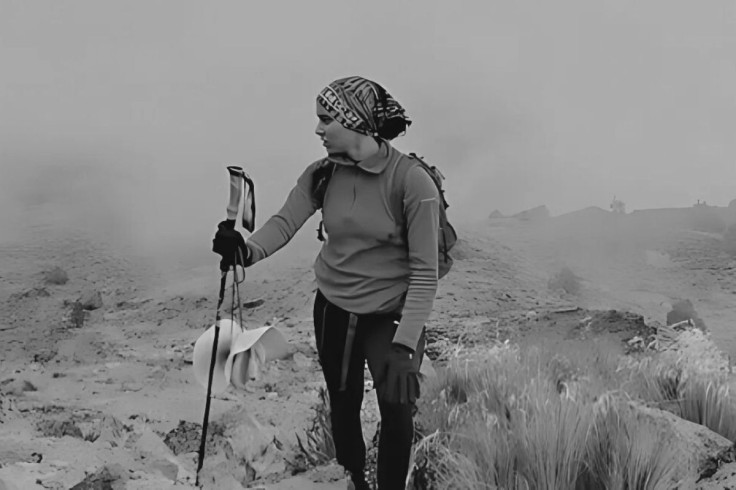How Many Athletes Have Died During CrossFit Competitions? Tragedy in Mexico Adds to Grim Tally

A 30-year-old woman has died after collapsing during a CrossFit competition in Mexico, prompting fresh concerns over the safety of high-intensity fitness events. Nayeli Clemente, a passionate athlete with no known medical conditions, suffered cardiac arrest on 6 May while competing in Oaxaca. She was rushed to hospital but could not be revived.
The incident occurred during a regional contest held at the Benito Juárez Sports Complex, drawing fitness enthusiasts from across the country. Clemente's sudden death has shocked the local fitness scene and raised wider questions about whether enough is being done to protect athletes in extreme training environments.
A Sudden Collapse in a High-Stakes Challenge
Clemente had just begun the second round of the competition when she collapsed during a weighted exercise. Witnesses described the moment as harrowing—what began as an energetic, focused workout turned into a desperate race against time.
On-site paramedics reacted quickly, performing CPR before transferring her to a nearby hospital. Despite their efforts, she was later declared dead. Organisers suspended the remainder of the event and issued a short statement expressing their condolences and promising a full internal investigation.
Clemente had reportedly passed her medical checks prior to competing and, according to her family, was in excellent shape. They described her as someone who trained with purpose and never cut corners—someone who lived and breathed fitness.
'She Was the Heart of Our Gym'
In the days following the tragedy, tributes poured in from across Mexico. Friends, coaches and fellow athletes have shared stories of Clemente's warmth, humour, and unshakable discipline.
'She was the heart of our gym,' one teammate wrote. 'Always first to arrive, last to leave—and always with a smile.' Others described her as deeply encouraging, often cheering on newcomers and reminding them why they started their fitness journeys.
But alongside the grief has come growing frustration. Was this just a tragic anomaly—or a preventable loss?

What Do We Know About Fatalities?
Clemente's death is not the first time CrossFit-style training has been linked to medical emergencies. While no central database tracks such incidents, medical literature has documented rare cases of rhabdomyolysis—a dangerous breakdown of muscle tissue—and media outlets have reported cardiac events during or after intense workouts. CrossFit itself has acknowledged these risks, advising athletes and coaches to exercise caution. Without a formal reporting system, however, the true scale of such incidents remains unknown.
The Dangerous Edge of High-Performance Fitness
CrossFit, the global workout phenomenon founded in the early 2000s, has built a reputation on intensity, discipline and pushing physical boundaries. More than 15,000 gyms around the world now offer programmes focused on intense, functional movements and high-effort conditioning.
Yet as the sport's popularity rises, so do concerns from the medical community. Health professionals have flagged the dangers of overexertion, particularly for individuals encouraged to go beyond their body's limits without adequate rest, hydration, or screening.
Experts argue the sport needs stronger regulation around event safety protocols, especially in areas where emergency care infrastructure may be limited.
More Than Condolences: A Demand for Change
Local coaches have begun calling for better planning and accountability. One told reporters, 'We train to be strong, not invincible. It's time organisers stop treating medical support as an afterthought.'
As Clemente's story gains international attention, CrossFit affiliates and athletes worldwide have expressed their solidarity. Many are now urging competitions to treat safety as a central pillar—not an optional extra.
Balancing Ambition With Responsibility
The sport has never been just about weights and reps—it's about community, resilience and self-improvement. But Clemente's death has forced difficult conversations about the pressure to perform and the glorification of physical burnout.
Experts recommend more rigorous medical screenings, continuous hydration checks, and qualified emergency teams on standby during events. Some argue these should be minimum requirements, not luxury add-ons.
As the CrossFit world mourns the loss of one of its own, the message from many is clear: no athlete should have to risk their life to prove their strength.
© Copyright IBTimes 2025. All rights reserved.




















